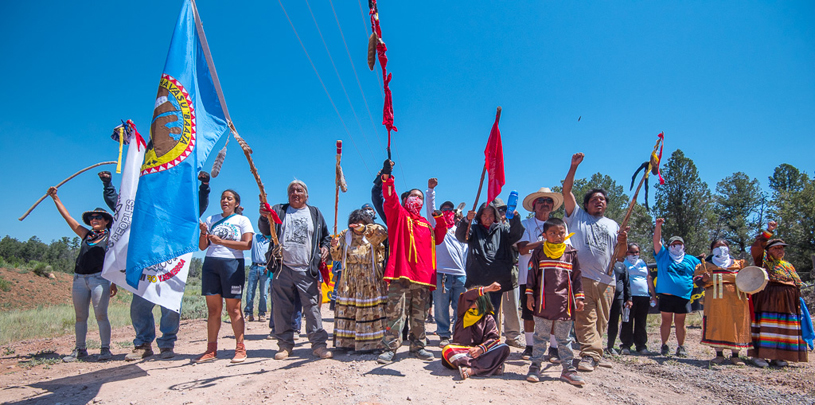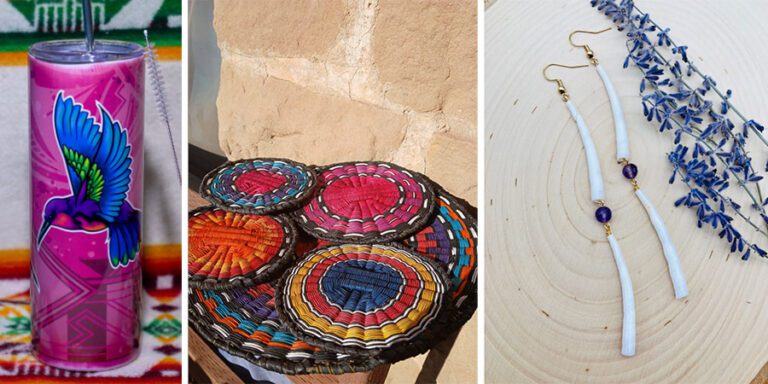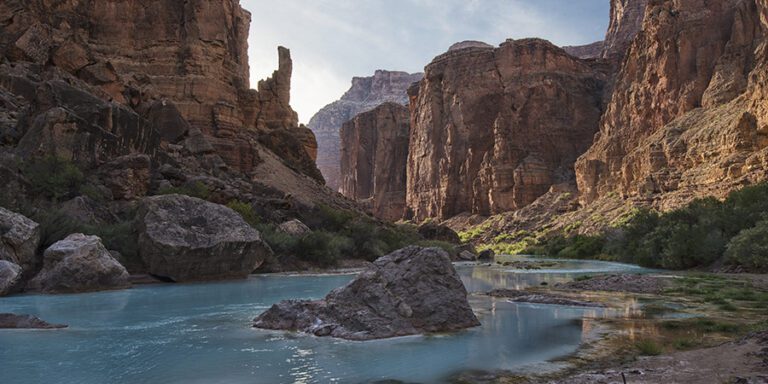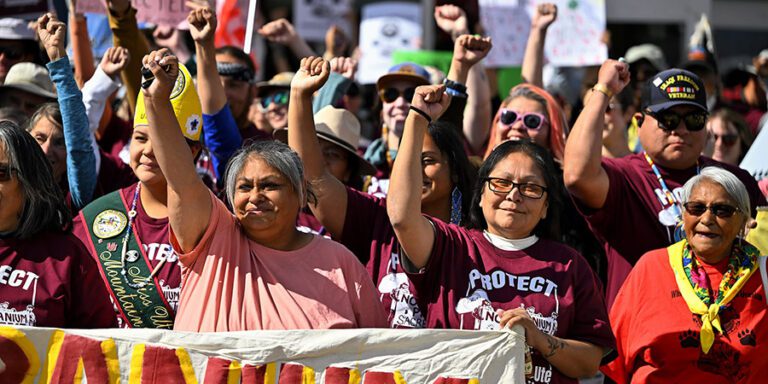
Canyon Mine, aka Pinyon Plain Mine, a controversial uranium mine near Grand Canyon National Park, ramping up.
A controversial uranium mine near Grand Canyon National Park is hiring. Many more like it could pop up near the Grand Canyon unless Congress acts.
Read strong remarks from Thomas Siyuja, Sr., Chairman of the Havasupai Tribe
While a bill to permanently ban new uranium mines on federal public lands surrounding the national park waits in the Senate, the conveniently renamed Pinyon Plain Mine (also known as Canyon Mine), mere miles from the Grand Canyon’s south rim, appears to be wasting no time ramping up for business. Energy Fuels Resources, a U.S. subsidiary of a Canadian uranium company, which owns the mine, recently announced a cash infusion, and has posted an ad on Craigslist looking to hire miners. Increased activity has been observed inside the mine fence in recent weeks.
A flooding uranium mine near the Grand Canyon
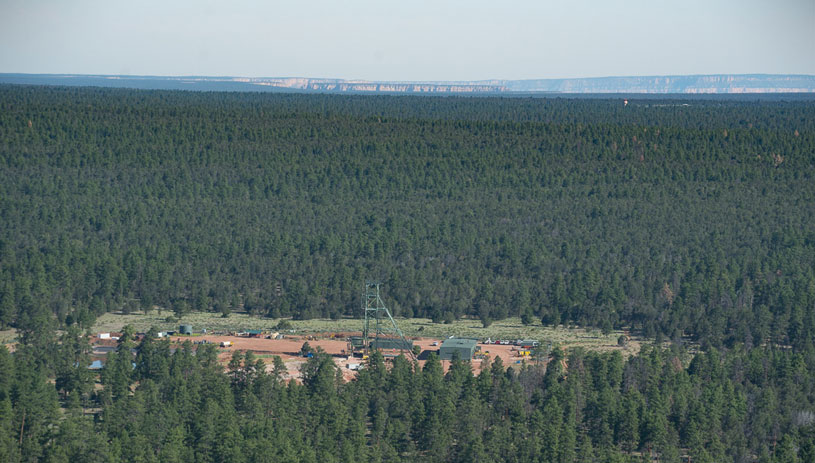
Mired by environmental problems, Canyon Mine is a poster child for what can go wrong at a uranium mine in the Grand Canyon region and a cautionary tale of what might await public lands around the Grand Canyon if Congress fails to pass permanent protections.
The mine sits on the Kaibab National Forest fewer than 10 miles from the south rim of the Grand Canyon, in a peaceful meadow below Red Butte. The area is the traditional homeland of the Havasupai Tribe, and Red Butte is federally recognized as a traditional cultural property. The tribe has ardently opposed the mine since the 1980s, on the ground and in court.
In the dry Grand Canyon region where water is life, the mine has hit precious groundwater, which has continuously flowed into the mine shaft for years. Miners have pumped more than 49 million gallons of water contaminated with high levels of uranium and arsenic out of the mine shaft, sometimes spraying it into the air to speed up evaporation.
The Havasupai Tribe, the Grand Canyon Trust, and many others continue to oppose the Canyon Mine.
While uranium industry supporters warn against closing the area off to new mines, the reality is that the Grand Canyon region contains just over 1 percent of U.S. uranium reserves and estimated additional resources. Only 0.2 percent of identified uranium resource areas in the U.S. are located in the mining ban area, and tourism and outdoor recreation, not mining, drive the region’s economy.
Putting the Havasupai Tribe at risk
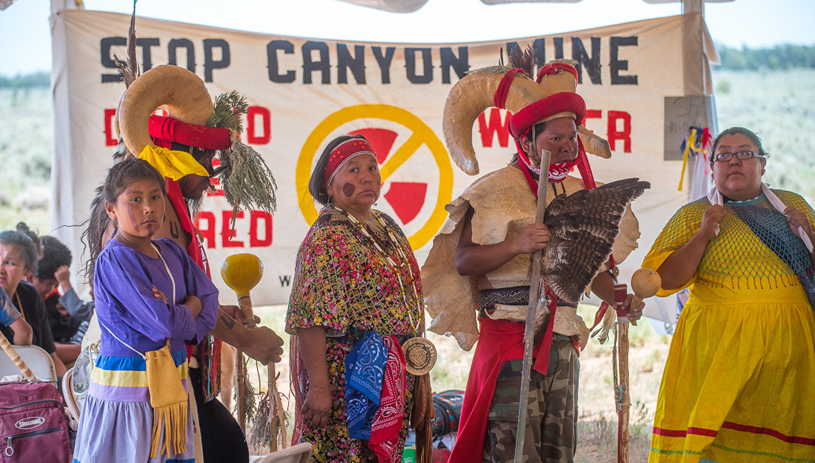
Uranium mining has a long history of contaminating the environment and poisoning Indigenous people, including on the nearby Navajo Nation, where hundreds of abandoned uranium mines continue to contaminate land and water. One study found that 26 percent of Navajo women and some babies had high levels of radioactive uranium in their bodies.

